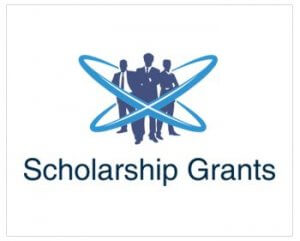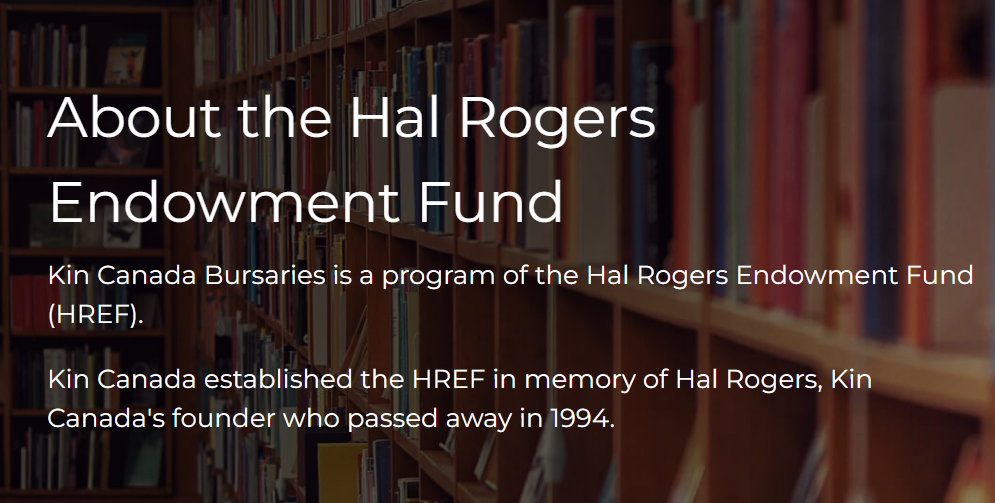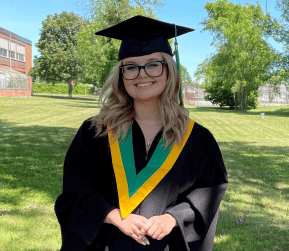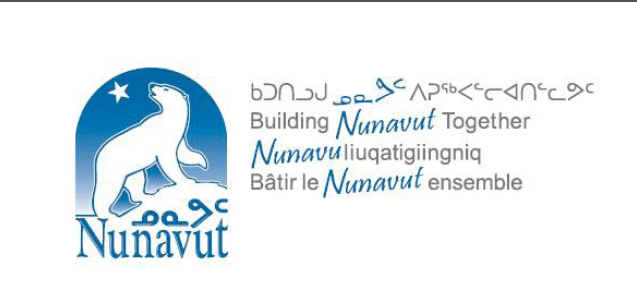Supervisors: Dr Alan Herbert (primary), Mr Michael Riley (co-supervisor), University of Birmingham, Dr Steve Buss (ESI Ltd)
Summary:
This project will develop new techniques for modelling the movement of radioactive contaminants as dissolved tracers and attached to colloids. This problem is crucial to understanding how the rock around a radioactive waste repository provides a barrier contributing to the protection of the environment. The work will be in collaboration with the Swiss nuclear industry (NAGRA) as part of their international modelling team undertaking research in their underground rock laboratory at Grimsel beneath the Swiss Alps.
Details:
The colloid and radionuclide experiment in the Grimsel Underground Research Laboratory (URL) (http://www.grimsel.com/gts-phase-v/crr/crr-introduction) involved very detailed characterization of a small shear zone intersecting a specially excavated tunnel. Following detailed characterization, radionuclide migration experiments were conducted in a dipole flow field. The first objective of the project will be to develop a two-dimensional flow model using COMSOL multi-physics to represent contaminant transport in such a hydrogeological setting. We will investigate the hydro-mechanical (H-M) couplings and how these affect permeability. The initial developments will be verified by reproducing the detailed results from the existing experimental data (made available by NAGRA). This will require the development of a detailed understanding of Pressure and Concentration monitoring data in a disturbed complex stress distribution and the low permeability environment. Modelling of non-linear flow and transport can be challenging and the work will be carried out in parallel with related studies at Imperial College who will focus on the rock mechanics of the fracture system around the tunnel. High injection pressures in a low permeability environment can create complex behaviour that is difficult to reproduce. The resulting models will be validated, working as part of the NAGRA multi-disciplinary team involved in conducting and interpreting ongoing radioactive tracer experiments as part of the next phase of experimental investigations in Switzerland. The current Colloid Formation and Migration experiment will test our modelâs ability to represent radionuclide migration in a natural flow field such as might be found near an underground geological disposal facility. The tools and techniques developed here will in future help us to demonstrate our understanding of the near-field around a UK repository.
Training:
The student will be able to attend modules in our Nuclear Decommissioning and Waste Management MSc and Hydrogeology MSc in, radiochemistry and modelling of contaminant transport. Presentations at high-profile international conferences will be expected and in particular, attendance as a contributor to the Grimsel International Modelling Team as a NAGRA participant.
Application:
This PhD studentship contributes to a NERC Radioactivity And The Environment (RATE) Consortium including Birmingham University, Imperial College and Leeds University and has confirmed funding. CASE support of an additional £1000 per annum is available from ESI Ltd, one of the UKâs leading hydrogeological specialist consultancies, who will also provide supervision and ensure that the work achieves maximum impact. A background in hydrogeology or related disciplines, such as mathematics or engineering is required. Applicants should apply via the Apply link below where they should click on âApply nowâ and choose the option âPhD in Department of Earth Sciencesâ and give the PhD title in the âFunding detailsâ section of the online application.
Scholarships are not only for the smart students. Anyone can get scholarships











Have a Question about this Scholarship?